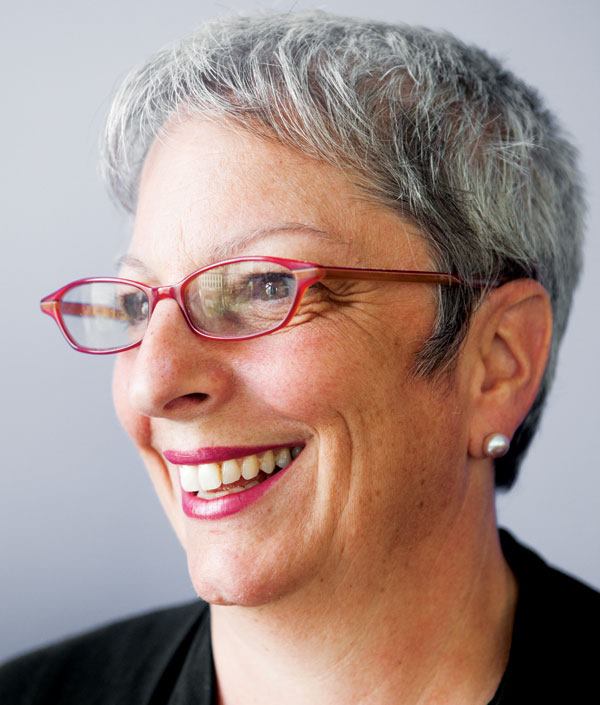Ask Barbara Cianci Horton how she became an architectural lighting designer, and she’ll tell you that it was completely by accident. After graduating from the Fashion Institute of Technology in New York in the late 1970s, she went to work as an interior designer. A chance lighting course with legendary lighting designer Jules Horton led to a freelance drafting assignment in his office that was only supposed to last three weeks. When that was finished, and with no interior design jobs on the horizon at the beginning of the 1980s, she decided to stick with lighting as a way of building the foundation she’d need for a future interior design career. That was more than 30 years ago. During her lighting career, she’s been one of the driving forces in continuing the legacy of Jules Horton, and has grown the firm—Horton Lees Brogden Lighting Design—into an internationally recognized practice, while serving as an inspiring mentor to countless young designers.
What fascinates you about light?
It’s transformative. Daylight, electric light, and control—all three of these things are constantly changing the environment and the spaces we are designing for.
How has lighting design changed since you first started working?
Today we have a much greater social responsibility—and not just in terms of energy and sustainability, but in terms of creating spaces and environments that provide safety and can enhance people’s everyday lives.
How do you start the design process?
It’s an outgrowth of listening to the client, but it’s also a hands-on world. I’d much rather test something visually, or do a mock-up to determine if a design idea will work.
As the profession moves forward, do we need to reconceive of what it means to be a lighting designer?
You can’t just rely on being an artist and a creative person, you have to have an incredible amount of business acumen, an understanding of technology, and a comprehension of people and psychology in order to run a company and keep it going. The profession’s going to change considerably in the way that we do business, rather than what we deliver. The delivery process of design services is still very archaic.
Where do you see lighting heading?
We are in a new world. I’m in a third era of lighting technology, and the tools we have today are providing the lighting designer with some of the greatest opportunities I’ve seen in my career.
